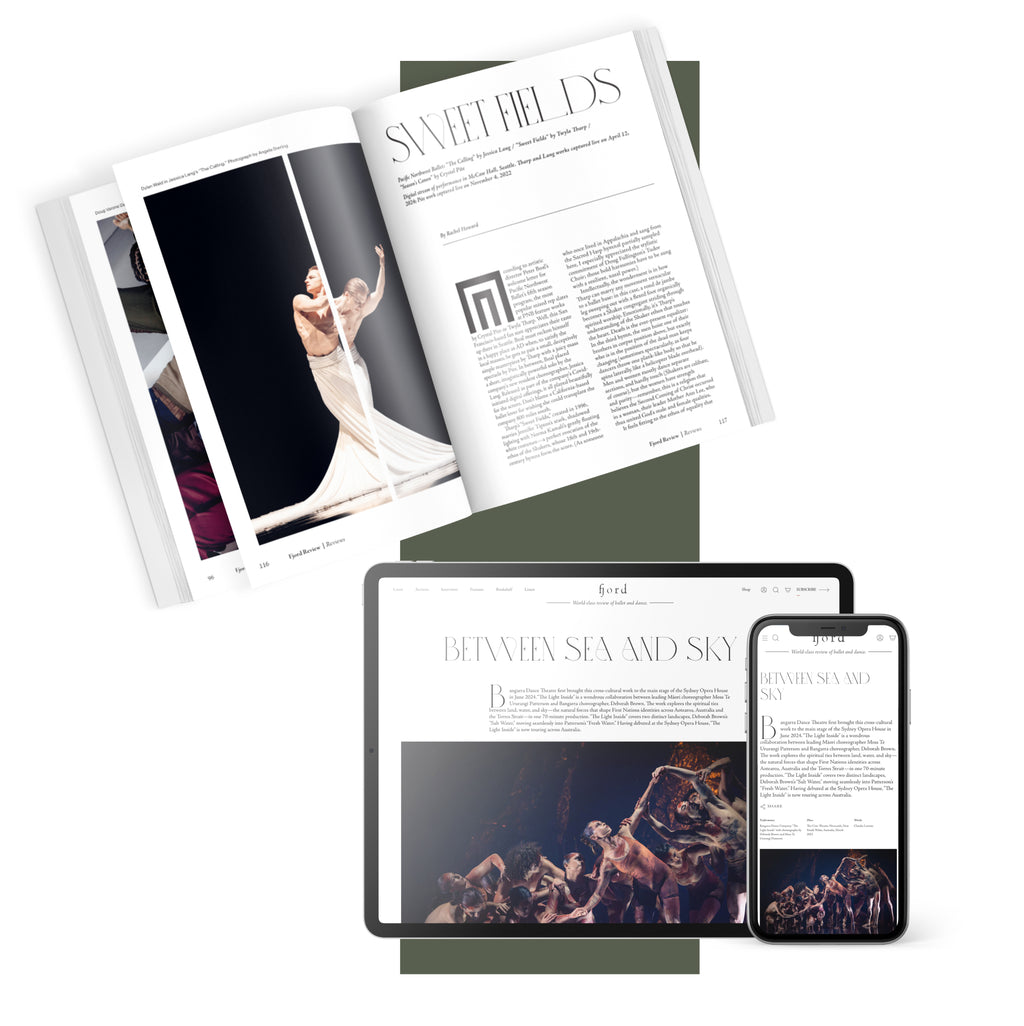Float like a Butterfly
Sans tutu or pointe shoes, New York Ballet principal Sara Mearns delivered a knock-out punch in her 20-minute solo, “Zebra.”
Plus
World-class review of ballet and dance.
It is always exciting when the New York City Ballet kicks off a season with an all-Balanchine program. However, the Spring Season’s opening quartet of Balanchine ballets—all strong in their own right—didn’t hang together as well as some other combos. “Apollo” (1928), “Ballo della Regina” (1978), “Tschaikovsky Pas de Deux” (1960), and “Chaconne” (1976) are not exactly similar, but they have a lot of overlap in costuming and bright, presentational bravura. “Ballo” and “Tschai Pas,” which shared the middle bracket of the program, especially doubled down on chiffon skirts, peasant blouses, syncopated pointework and fouettés. With the addition of an overlong See the Music lecture on Friday the 25th, either one would have sufficed.
Performance
Place
Words



“Uncommonly intelligent, substantial coverage.”
Your weekly source for world-class dance reviews, interviews, articles, and more.
Already a paid subscriber? Login

Sans tutu or pointe shoes, New York Ballet principal Sara Mearns delivered a knock-out punch in her 20-minute solo, “Zebra.”
PlusJapan Society’s Yukio Mishima centennial series culminated with “Mishima’s Muse – Noh Theater,” which was actually three programs of traditional noh works that Japanese author Yukio Mishima adapted into modern plays.
PlusThroughout the year, our critics attend hundreds of dance performances, whether onsite, outdoors, or on the proscenium stage, around the world.
PlusOn December 11th, the Alvin Ailey American Dance Theater presented two premieres and two dances that had premiered just a week prior.
Plus
comments